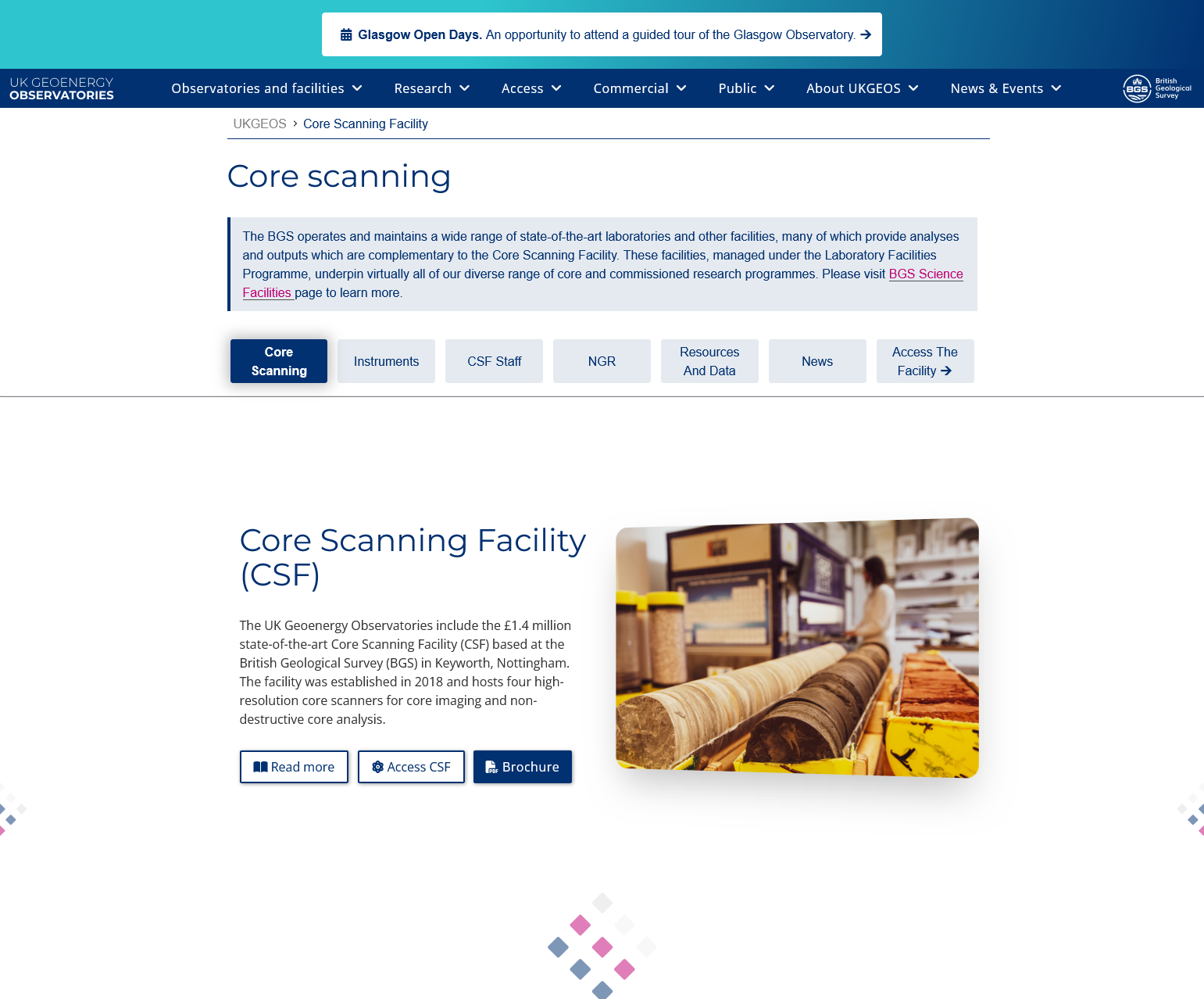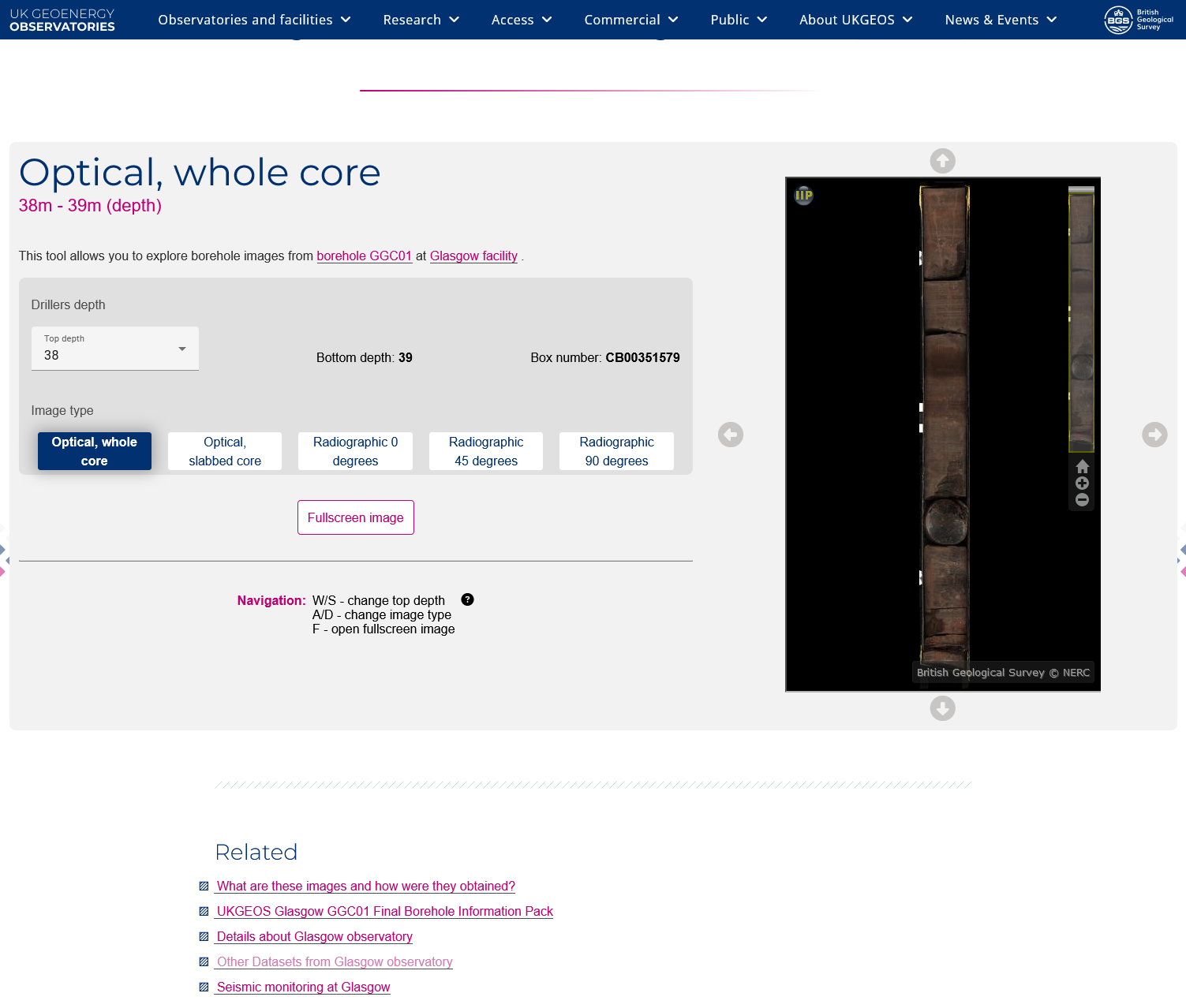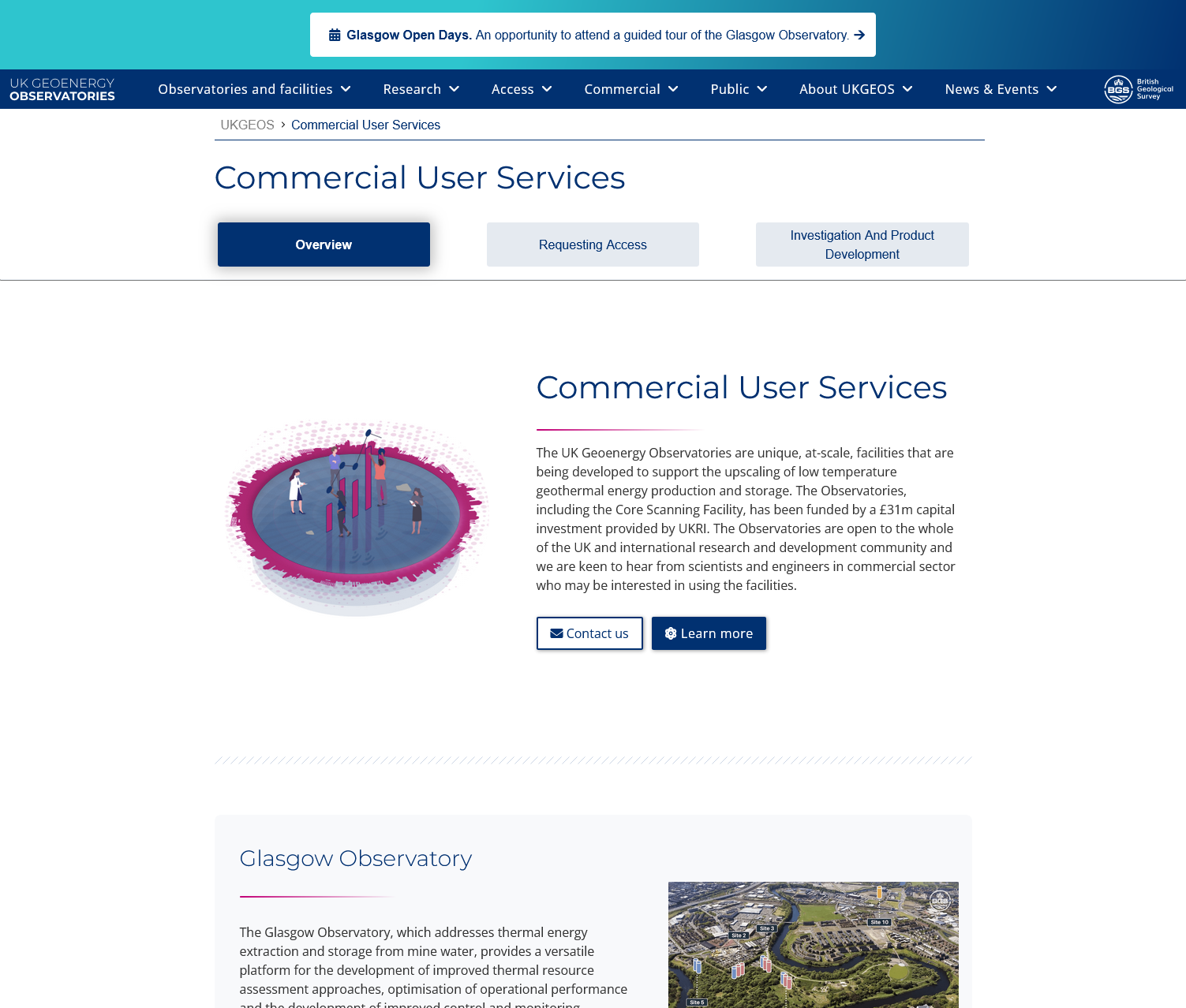Overview
The UK Geoenergy Observatories (UKGEOS) is a large-scale project providing comprehensive data on the underground environment. This case study highlights how user-centered design methods were used to develop and continuously improve the UKGEOS website.
Focus Groups and User Testing
We conducted focus groups and individual user interviews to understand user needs and expectations. This valuable feedback informed the creation of website prototypes, which were then refined through iterative user testing sessions.
 UKGEOS Home Page
UKGEOS Home Page
User feedback for Continuous Improvement
We implemented Hotjar, a user feedback tool, to gather insights on user behavior and interactions with the website. This allowed us to identify areas for improvement and to gather feedback and suggestions from website visitors.
 Core Scanning Facilities Page
Core Scanning Facilities Page
Workshop Insights
Workshops played a crucial role in refining the website’s design and content. Key themes emerged, including the importance of:
- Accessibility and Language: Using clear and concise language, avoiding jargon, and providing explanations for technical terms.
- Visuals: Incorporating simple and engaging visuals, including diagrams, illustrations, and animations, to enhance understanding.
- Community Engagement: Proactive engagement with local communities, schools, and other stakeholders to build awareness and trust.
- Transparency: Openly communicating the project’s purpose, funding sources, and any potential industry involvement.
- Managing Expectations: Setting realistic expectations about the public’s ability to interpret raw data and providing tailored resources for different user groups.
 Core Scanning Viewer
Core Scanning Viewer
By integrating these insights into the design process, we were able to create a user-friendly and informative website that effectively communicates the value and impact of the UKGEOS project.
 INHFL Events Page
INHFL Events Page
